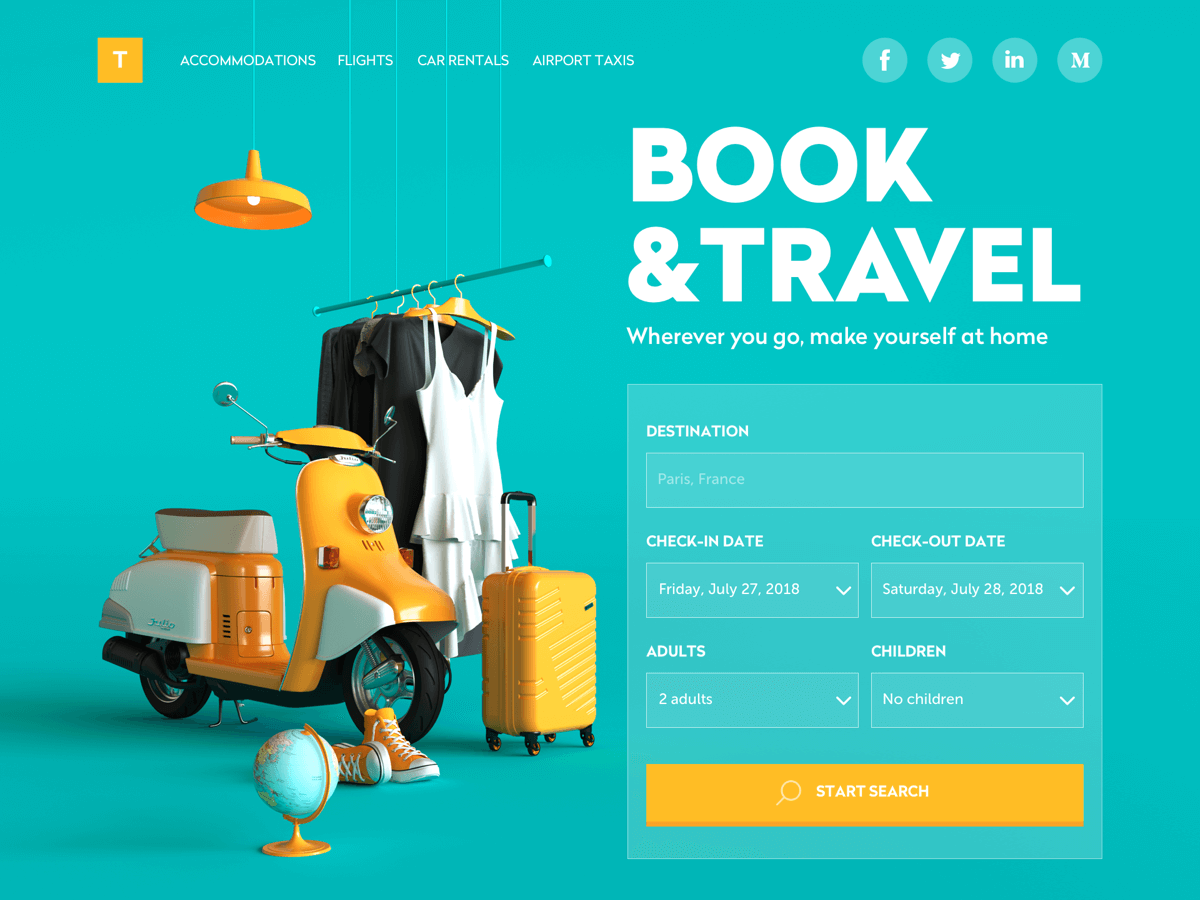Tech Versum: Explore the Future of Technology
Dive into the latest trends and innovations in technology with Tech Versum.
Designing Web Wonders: Where Creativity Meets Functionality
Unleash your creativity! Discover the perfect blend of stunning design and seamless functionality for your web projects.
10 Essential Principles of Functional Web Design
Functional web design is grounded in a few key principles that enhance usability and improve the user experience. First and foremost is clarity. A website should convey its purpose immediately, allowing users to navigate effortlessly. This can be achieved through a well-structured layout and a logical flow of information. Additionally, the principle of consistency is vital; by using uniform colors, typography, and design elements throughout the site, users feel more comfortable and are less likely to become confused.
Another essential principle is responsive design. With the increasing variety of devices used to access the internet, websites must adapt seamlessly to different screen sizes. Emphasizing accessibility is also crucial; designing for all users, including those with disabilities, ensures that your site reaches a broader audience. Finally, implementing feedback mechanisms helps users understand their interactions with your site, whether it be confirmation of form submissions or whether links are functional. Together, these principles create a cohesive and effective web experience.

How to Balance Creativity and Usability in Your Web Projects
Balancing creativity and usability in web projects is essential for ensuring that your website engages users while also providing an intuitive experience. To achieve this balance, begin by focusing on user experience (UX) principles. This involves understanding your audience's needs and preferences. Conduct user research, gather feedback, and create user personas to identify what your visitors are looking for. Once you have a clear grasp of your users, integrate creative elements that reflect your brand identity, such as unique layouts or engaging visuals, while making sure that navigation remains straightforward and accessible.
Furthermore, it is critical to test your designs regularly. Engage users through A/B testing and usability tests to see how they interact with both the creative and functional aspects of your site. For instance, consider implementing features that enhance aesthetic appeal but also prioritize efficiency—like loading animations that entertain while they wait. Remember, the goal is to keep your website not only visually appealing but also user-friendly. Striking the right chord between these two aspects will lead to a successful web project that captivates visitors and encourages them to return.
What Makes a Website Truly User-Friendly?
Creating a website that is truly user-friendly requires a deep understanding of user needs and behaviors. One of the fundamental principles is intuitive navigation. Users should be able to find what they are looking for within seconds, minimizing the number of clicks needed to reach their destination. This can be achieved through clear menus, well-defined categories, and an effective search function. Additionally, a good website provides valuable content that is easily accessible and understandable, ensuring visitors find the information they seek without frustration.
Another critical aspect of a user-friendly website is responsive design. A site must perform well on a variety of devices, including desktops, tablets, and smartphones. This includes maintaining fast load times, a layout that adjusts to different screen sizes, and touch-friendly elements for mobile users. Incorporating these features not only enhances the user experience but also positively impacts SEO rankings. Ultimately, prioritizing usability fosters trust and encourages repeat visits, which are essential for long-term success.